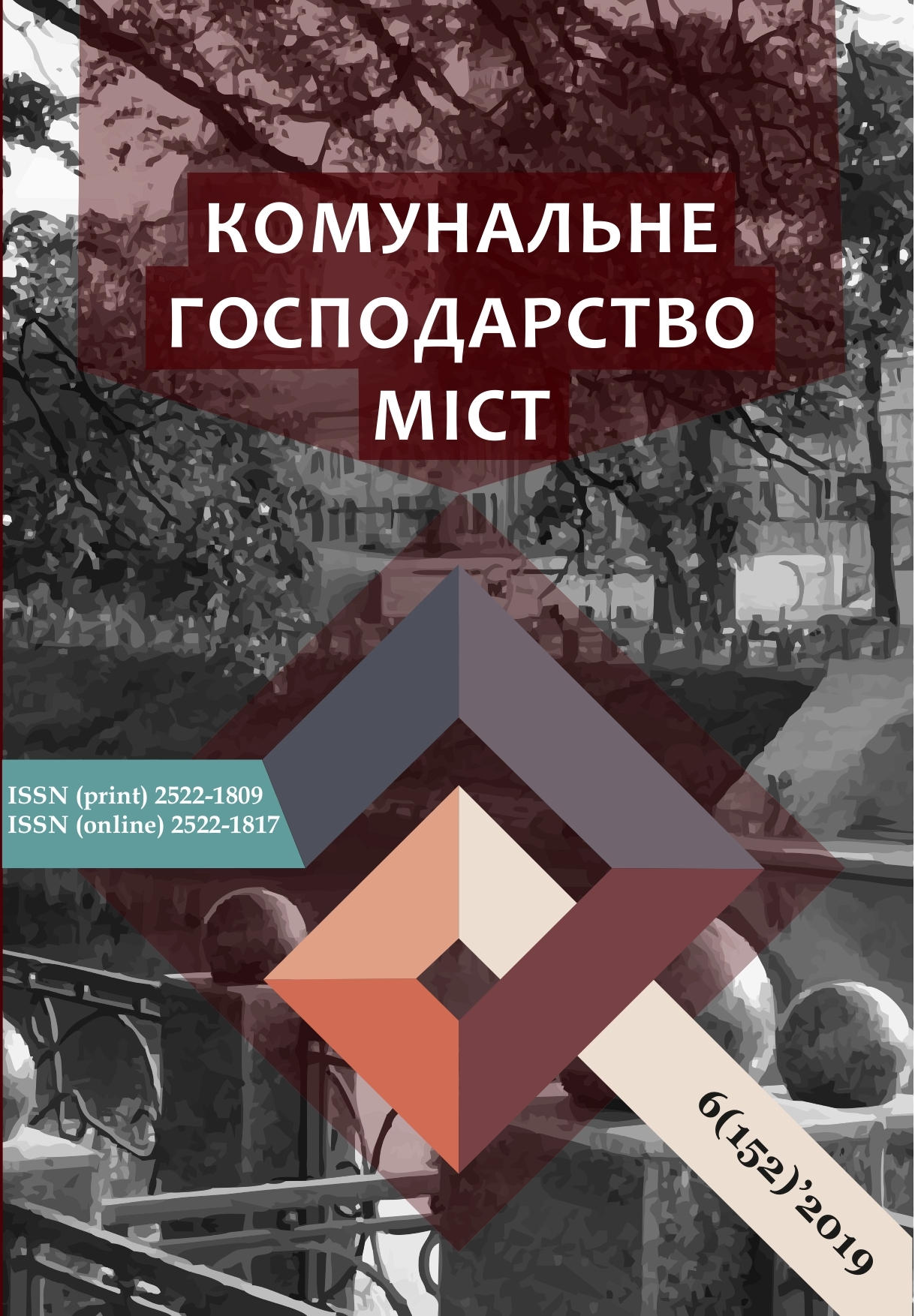USE OF RESIDUAL LIFE OF REINFORCED CONCRETE FLOOR AFTER FIRE
Array
Keywords:
residual γ% - resource, reinforced concrete, fire, bearing capacity, impact of fire, strength of structures.Abstract
The article discusses the rational use of steel-reinforced concrete structures that have experienced exposure to high temperatures after a fire. The existing practice of restoring metal structures after a fire is based, as a rule, either on their replacement, or on comprehensive reinforcement. In this case, a detailed analysis of the technical condition of individual parts of the building as a whole, but only of individual elements with an assessment of the degree of damage and the possibility of further use, is not performed. The study allows you to evaluate structures from the point of view of the prospects for their use not by separate elements, but by the entire volume of a specific entire section of the building (floor, walls, frame, etc.). The reinforced concrete monolithic attic floor of the administrative building of 1938, which was exposed to high temperatures from a fire, is considered as the initial construct. The temperature of the fire reached 700 ° C. The total area of fire exposure was 1680 m2. As a result, some of the load-bearing metal I-beams received significant deflections reaching 14 cm at a span of 96 m, and some of the beams bent only within 1-3 cm. An analysis of the strength parameters of the beams after the fire showed that their yield strength decreased only by 5-7 % To assess the possibility of further reliable use of the entire floor (the reinforced concrete floor between the metal beams was not damaged), we calculated γ% - a resource according to the theory of reliability with the task of the variational series of defects of the bearing beams and their possible service life. Based on the calculation, it was possible to establish that with a 75% gamma resource, the floor can be reliably operated for 25 years, while replacing a damaged floor is impractical. It was recommended to replace only 4 of the 54 beams, which significantly reduced the total cost of restoring the floor. Using the gamma resource parameter significantly increases the determination of the reliability and durability of the considered parts of the building when analyzing various adverse effects on these parts.
References
Fire statistics according to UkrNIDIC. (n.d.) Retrieved from https://undicz.dsns.gov.ua/en/STATISTICS-POZHEZH.html.
Soshinsky, OI (2019) Formation of the field of fire detector grading methods. Municipal economy of cities/ Engineering Sciences and Architecture, 5, 151, 107-112.
DBN B.1.2-14: 2018 General principles of ensuring the reliability and structural safety of buildings and structures. (2018) Valid from 01.01.2019.-Minregionstroy and housing and communal services of Ukraine.-Kyiv, 30.
DSTU-N B В.1.2-18: 2016 Instruction on inspection of buildings and structures for the determination and assessment of their technical condition (n.d.)
DSTU B В.2.6-210: 2016 Inspection and evaluation of the technical condition of steel structures (n.d.) Valid from 01/01/2018.
Hamatov, R.R., Sitor, RS, Ivanov, Yu.P. (2015) Damage to building structures during fires. International scientific journal "Innovative Science", 10, 123-125.
Zaitsev, A.M., Krikunov, GN, Yakovlev, AN (1982) Calculation of fire resistance of elements of building structures - Voronezh: VGU, 118.
Zaitsev, A.M., Nikulin AV (2004) Analysis of the possibility of exploitation of reinforced concrete farms after a fire. Sat оFire safety of buildings, structures, territories.- Voronezh, 28-31.
SP 329.1325800.2017. Buildings and structures (2017) Post-fire inspection rules. Date of validity 1.01.2019.-Moscow, 139.
GOST 535-2005 High-quality and shaped carbon steel of ordinary quality. (2005) General specifications.- Moscow, 121.
Kasarev, EV (2007) Protection against the effects of fire. The declared function or duty of the state. Sat: Fire Explosion, 16, 5, 16-22.
Pozdeev, SV, Tishchenko, N.Yu. (2010) Mathematical modeling of the behavior of reinforced concrete beam during fire using the finite element method. Sat: Fire explosion, 117-125.
Sinyachkin, AM (2014) Technology of restoring the load-bearing capacity of buildings damaged by fire. Abstract.- Lipetsk, 55.
Determination of the durability of the technical object. Retrieved from https://mehanik-ua.ru/zadachi/1151-opredelenie-pokazateleij-doegovechnosti-tekhnicheskogo-objekta.-2015.
Karepov, VA, Bezverkha, EV, Chesnokov, VT (2012) Reliability of mining machines and equipment: a manual. Krasnoyarsk: Sib. the federation. Univ., 134.
Downloads
Published
How to Cite
Issue
Section
License
The authors who publish in this collection agree with the following terms:
• The authors reserve the right to authorship of their work and give the magazine the right to first publish this work under the terms of license CC BY-NC-ND 4.0 (with the Designation of Authorship - Non-Commercial - Without Derivatives 4.0 International), which allows others to freely distribute the published work with a mandatory reference to the authors of the original work and the first publication of the work in this magazine.
• Authors have the right to make independent extra-exclusive work agreements in the form in which they were published by this magazine (for example, posting work in an electronic repository of an institution or publishing as part of a monograph), provided that the link to the first publication of the work in this journal is maintained. .
• Journal policy allows and encourages the publication of manuscripts on the Internet (for example, in institutions' repositories or on personal websites), both before the publication of this manuscript and during its editorial work, as it contributes to the emergence of productive scientific discussion and positively affects the efficiency and dynamics of the citation of the published work (see The Effect of Open Access).

